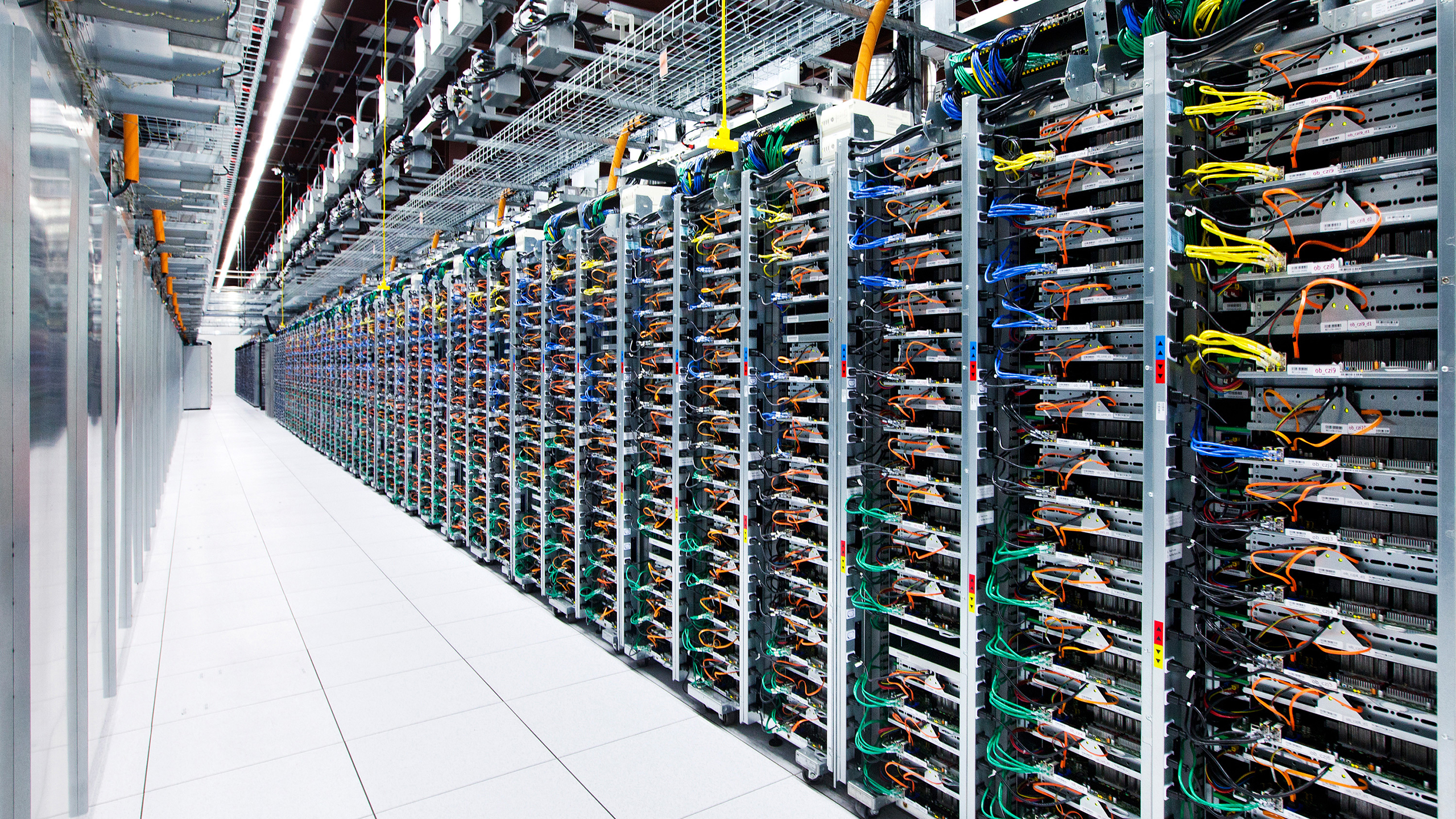Jeff Bezos predicts that within the next 10 to 20 years, extremely large-scale data centers will be constructed in orbit, where continuous access to solar power and relatively easy cooling could allow them to surpass Earth-based facilities in efficiency and cost, reports Reuters. However, building a data center in space will require a number of breakthroughs as it is commercially unfeasible today.
"One of the things that is going to happen in the next — it is hard to know exactly when, it is 10+ years, and I bet it is not more than 20 years — we are going to start building these giant gigawatt data centers in space," said the Amazon and Blue Origin founder during a discussion with Ferrari chairman John Elkann at Italian Tech Week in Turin, Italy.
According to Bezos, outer space provides a solar power source that is not subject to atmospheric or weather disruptions. Without clouds, rain, or night cycles, energy collection becomes far more consistent, which makes solar power practical for 24/7 applications. Meanwhile, temperatures in space vary from -120 degrees celsius in direct sunlight to -270 C in the shadow, which greatly simplifies cooling. This could make orbital clusters ideal for intensive computational tasks like AI model training, which demand constant and massive power input.
It is technically feasible to generate about 1 GW of continuous electrical power in Earth orbit using solar panels, but the scale is immense, creating massive difficulties.
Solar constant on earth is around 1,366W/m2, it should be around the same on the Earth orbit. High-efficiency triple-junction solar cells can convert about 35% of that into electricity, and after accounting for system-level losses like wiring, thermal inefficiency, and other factors, the net usable output is typically 300 – 410 W/m² depending on various factors. That means the project would need 2.4 to 3.3 million square meters of solar panel area — roughly equivalent to a square array between 1.56 and 1.82 km per side. Such an array would likely weigh 9,000 – 11,250 metric tons just for the photovoltaic material, not including structural supports, power routing, and control electronics.
Lifting 9,000 – 11,250 metric tons of space-grade solar panels into low Earth orbit (LEO) using today's best commercial launch vehicles — such as SpaceX's Falcon Heavy with an up to 64 metric tons payload — would cost between $13.7 and $17.1 billion at an optimistic ~$1,520/kg, assuming near-max efficiency in payload mass per launch. However, at a more conservative cost of over $2,000/kg, that cost will increase to $25+ billions and will require well over 150 launches only for solar panels.
In addition, nearly all of the input power becomes heat, which must be radiated into space, which means millions of square meters of radiators to handle 1+ GW of thermal load. How much will such radiators weigh and how much will cost lifting them to space is something that remains to be seen, but since radiators tend to weigh more than solar panels, we are talking about tens of billions of dollars here.
Last but not least, actual AI servers equipment also weighs tens of thousands of metric tons and costs tens of billions of dollars even on earth.

 1 month ago
40
1 month ago
40








 English (US) ·
English (US) ·